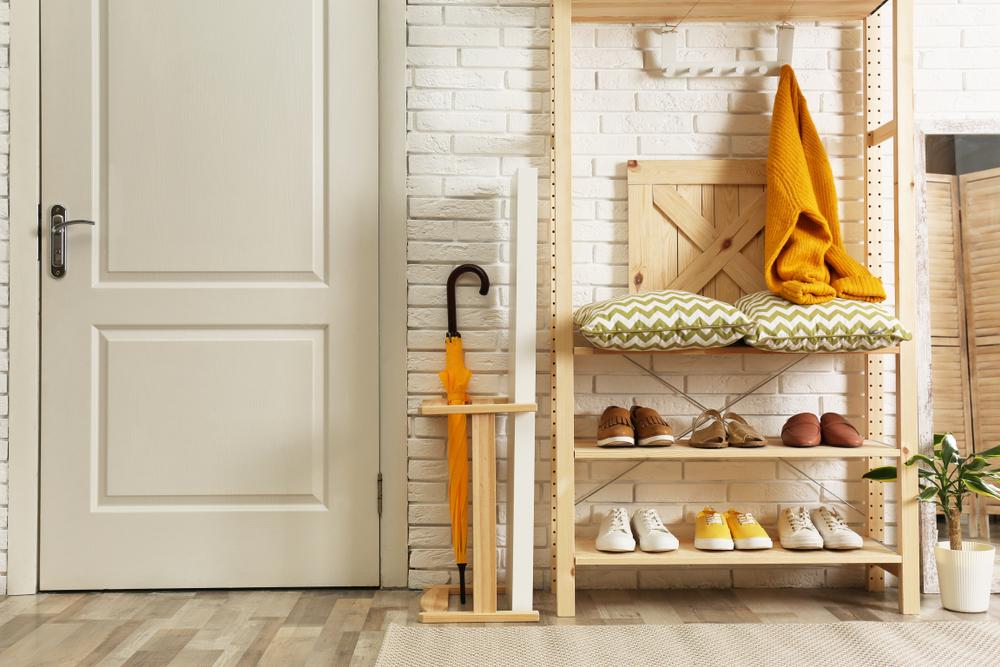We ask a lot of our homes. We ask them to function crisply, to store all of our stuff neatly and with precision, to give us shelter, warmth, water, and electricity, and to provide us with special places to eat, bathe, sleep, and enjoy peace and quiet. They’re also the central hubs for our family celebrations, and we have perhaps asked even more of them this past year than in previous years. We’re hungry for human contact, and what better place to be than our own homes, inviting loved ones to join us?
Now, how is your home doing? Is your flooring looking tired? Is your water pressure good and proper? Are your appliances functioning well? Are you warm in the winter and cool in the summer? We can do our homes—and ourselves—a favor by taking a few moments to assess just what they’re saying to us and if—and how—we should plan for projects as the New Year dawns.





